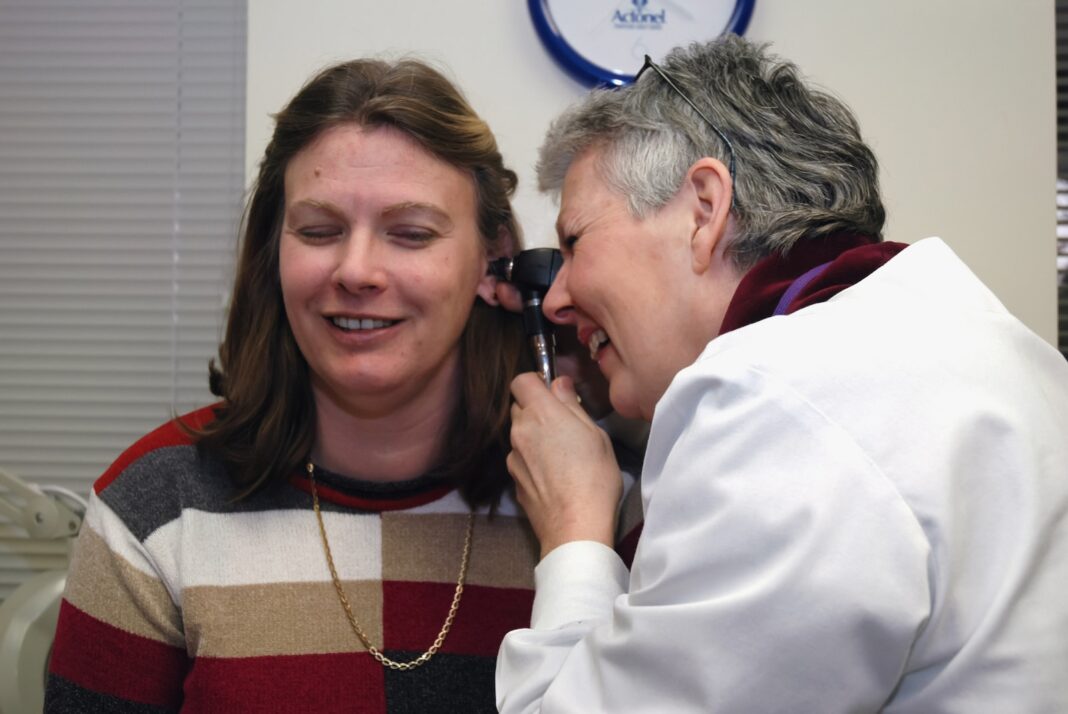Tinnitus, the perception of noise or ringing in the ears without any external sound source, can be a distressing condition affecting millions worldwide. While tinnitus has no cure, various treatment options aim to alleviate symptoms and improve the quality of life for those suffering from this condition. One such innovative treatment is the Lenire Tinnitus Treatment, developed by Neuromod Devices.
This article will delve into how Lenire works and its unique approach to managing tinnitus.
Lenire Tinnitus Treatment
Lenore is a non-invasive, drug-free medical device designed to address the neural pathways associated with tinnitus perception. The treatment combines two key components – neuromodulation and sound therapy – to relieve tinnitus symptoms.
Neuromodulation: Rewiring the Brain
Neuromodulation is the process of modulating or altering nerve activity to influence neural circuits in the brain. In the case of tinnitus, it is believed that abnormal neural activity in the auditory pathways contributes to the perception of phantom sounds. Lenire utilizes a specific form of neuromodulation known as bimodal neuromodulation.
The bimodal neuromodulation in Lenire involves two sensory inputs – audio and electrical stimulation. The treatment stimulates the auditory and trigeminal nerves simultaneously. The auditory nerve is responsible for processing sound signals, while the trigeminal nerve supplies sensation to the face and is connected to various areas in the brain.
The Science Behind Lenire Tinnitus Treatment
Explore the science behind how Lenire’s tinnitus treatment effectively addresses the symptoms you experience. Lenire utilizes bimodal neuromodulation, which combines electrical stimulation with sound therapy. This approach targets the auditory system and aims to retrain the brain’s perception of tinnitus. The treatment consists of headphones that deliver specific sound patterns synchronized with electrical stimulation through electrodes placed on the tongue.
This combination of sound and electrical stimulation stimulates the auditory system, encouraging neuroplasticity and promoting the brain’s ability to filter out tinnitus signals. The electrical stimulation also activates the trigeminal nerve, which helps to activate the brain’s natural pain relief mechanisms.
The non-invasive treatment has shown promising results in reducing tinnitus symptoms, providing relief for those who suffer from this condition.
The Lenire Treatment Process
1. Assessment and Customization
Before starting Lenire treatment, individuals undergo a thorough assessment by healthcare professionals. This assessment helps determine the specific characteristics of the individual’s tinnitus, allowing for personalized treatment. Factors such as the pitch and loudness of the perceived sounds are considered during this process.
2. Device Setup
Once the assessment is completed, the Lenire device is programmed and customized based on the individual’s tinnitus profile. The device consists of earphones and a small intra-oral device.
3. Sound Therapy
The sound therapy component of Lenire involves listening to sequences of audio tones delivered through the earphones. These tones are specially crafted based on the individual’s tinnitus characteristics. The sounds are designed to help retrain the brain’s auditory pathways and reduce the perception of tinnitus.
4. Tongue Stimulation
Simultaneously with sound therapy, the intra-oral device provides gentle electrical stimulation to the tongue. This trigeminal nerve stimulation is synchronized with the audio tones and is thought to modulate neural activity in brain areas related to tinnitus.
The Impact of Lenire
The combination of sound therapy and bimodal neuromodulation in Lenire is believed to have several effects:
Neural Plasticity: Lenire aims to induce neural plasticity, the brain’s ability to reorganize and adapt, leading to changes in tinnitus perception.
Auditory System Rebalancing: By stimulating both the auditory and trigeminal nerves simultaneously, Lenire seeks to recalibrate the neural activity in the auditory system.
Tinnitus Suppression: The synchronized audio and electrical stimulation work together to reduce the intensity and prominence of tinnitus sounds.
How Lenire Tinnitus Treatment Provides Relief
Lenire’s bimodal neuromodulation technique combines electrical stimulation and sound therapy to retrain the brain’s perception of tinnitus, providing relief for sufferers. The electrical stimulation component involves delivering gentle electrical pulses to the ear and tongue nerves.
This stimulation helps to activate specific neural pathways that are involved in the perception of sound, including tinnitus. Targeting these pathways modifies the brain’s response to tinnitus, reducing the perception of phantom sounds.
Additionally, Lenire incorporates sound therapy, which involves listening to specific sound patterns designed to stimulate the auditory system and promote habituation to tinnitus. By combining these two approaches, Lenire aims to provide long-term relief and improve the quality of life for individuals suffering from tinnitus.
Clinical Studies and Efficacy
Clinical trials and research studies have shown promising results regarding Lenire’s efficacy in managing tinnitus. Many participants reported reduced tinnitus severity and improved overall quality of life after treatment.
Frequently Asked Questions
Are there any side effects or risks associated with Lenire Tinnitus Treatment?
Yes, there are potential side effects and risks associated with Lenire Tinnitus Treatment. It is important to consult with a healthcare professional to understand your situation’s specific risks and benefits.
Can Lenire Tinnitus Treatment completely cure tinnitus?
Lenire Tinnitus Treatment does not claim to cure tinnitus completely. While it may relieve some individuals, its primary goal is to alleviate symptoms and improve the quality of life for those suffering from tinnitus.
Conclusion
Lenire Tinnitus Treatment offers a unique and personalized approach to managing tinnitus. Combining neuromodulation with sound therapy aims to rewire the brain’s response to tinnitus, providing relief and improved well-being for those living with this challenging condition.
As with any medical treatment, individuals need to consult with healthcare professionals to determine the suitability of Lenire and to ensure proper customization and supervision throughout the treatment process.








